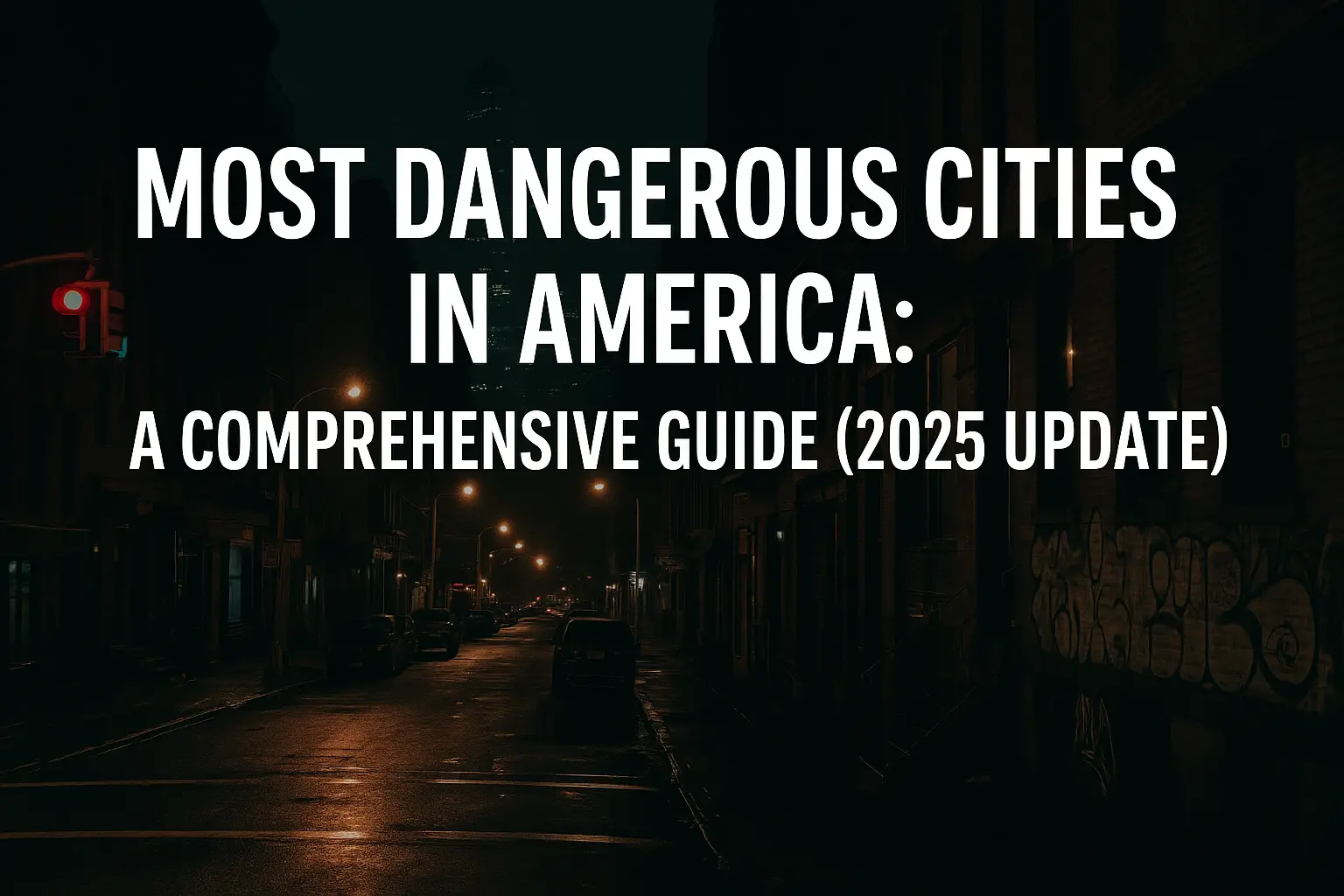The country of Texas is a great state with a population size of over 29 million and it is comprised of a diverse population. As it pertains to crimes, all states are not immune, including Texas, where crimes occur in cities as well as counties. While comparing the crime rate in Texas with another state or country, or simply when studying the crime rate in Texas, one has to look at the figures, define patterns, and study factors that may lead to the growth of the crime rate and crime in certain Texas communities.
Overall Crime Rates
Using the FBI figures, the violent crime rate in Texas in 2020 was 410.9 incidents per 100,000 inhabitants, while the property crime rate was 2,416.7 per 100,000 people. This means for every 100000 populations of Texans, the average rate of violent crime was 411 while that of property crime was 2417. The overall violent crime rate of Texas is just slightly higher than the national average of 398.5, while the overall property crime rate is 2,200.2, Texas has a slightly higher per capita rate of 423.7 of the violent crime rate and 2,328.6 of the property crime rate.
This means that Texas also could not escape the declining crime rate trends of the United States in nineteen-nineties and has benefited from it over three decades afterward. Although the overall rate of crime in Texas has been on a decline by well over 50% from that true peak point observed back between 1993 and up to until we analyze it as at up till year, —. Both Fishers and Beck said it is true that crime rates are the lowest they have been in decades as of this year at least on a state level, though there can be vast differences between crime rates among cities and counties across such plots of land.
Urban vs. Rural Differences
The crime rates in Texas are similar to other states in the United States; the crime rate is higher among the communities of big cities compared to residents of the rural areas.
Cities like Houston, Dallas, San Antonio, Austin, Fort Worth, and similar metro areas have a higher crime rate than the state average. In the year 2020, the violent crime rates were observed in Houston which stood at 1,026 per 100,000, and in Dallas at 778. The disadvantaged areas of high crime observed challenges such as; concentrated disadvantage and poverty, low-performing schools, unstable housing, and differential community resources.
Suburban counties or rural areas in general are safer by a significant margin, as the crime rates indicate. Crime as measured by rate is significantly less in affluent suburbs than it is in the central cities. On the other hand, small towns across West Texas and other desolate regions log in a few crimes per year, if not less. These communities are in an entirely different situation as far as the risk factors and protective buffers for public safety are concerned.
Crime Trends by Type
However, as with other states, Texas has exhibited trends in overall crime rates since the 1990s, with specific offense types fluctuating at various times. According to the data obtained by the FBI and sorted by the population in 2020, the violent crimes that occurred most often were aggravated assault, robbery, rape, and homicide. In property crime, Texas experienced an increased rate of larceny/theft, burglary, and motor vehicle theft.
Rates for aggravated assaults and robberies were highest in the 1990s; The overall incidence of violent crimes has been decreasing gradually over the past years. Larceny, burglary, and auto theft, collectively referred to as property crime also have been decreasing but experienced a small increase during the 1980s because of the crack epidemic. The number of reported rape cases has fluctuated since some states incorporated the modern definitions in the recent decades. Homicides of individuals throughout Texas have dropped consistently since 1980 besides occasional spikes in density-populated areas like Dallas and Houston.
Contributing Factors
The researchers observed that several theories explain how they all come together to affect an area’s crime rates in the future. Signed by a single driver, it is impossible to identify the general trends in Texas or the differences between its diverse regions. Below are a few of the most significant influences: Below are a few of the most significant influences:
Economics - Poverty, unemployment, median income, investment, and opportunities disparities as well as employment opportunities can influence crime, particularly property crimes. This form of crime has reduced drastically in the later years beginning from the early 1990s due to improved economic circumstances in Texas.
Police force – Proper staffing of the police force, funding, crime analysis, and hot spot policing programs can also reduce crimes where implemented. Policing has been a subject of discussion in recent years, especially concerning the allocation of resources, bias and the appropriate force to be used while trying to improve the field and reduce harm.
Policing and crime control policies – Policing strategies, sentencing, correctional programming priorities, correctional and rehabilitation services, and vocational training, as well as education for released prisoners, are also connected to crime levels after release. There is evidence that Texas has ramped up specialty courts and post-incarceration employment opportunities while still retaining the highest number of executions and imprisonment. To achieve the best of the noted facets, the use of outcome data is crucial in creating a balance between the three.
Population factors – The population in certain Texas communities including the concentration of people, the stability, age distribution, and racial and ethnic distribution of the population, immigration trends, and other population changes can be related to crime. Experts in states monitor trends effectively while simultaneously intending to distinguish between prejudice regarding certain groups, which is not always an accurate representation of the risk factors.
Social and community context – Policing legitimacy, social norms, collective efficacy, residents’ stake in the community, residential stability, and community capacity to shape crime through positive tangible assets such as quality education, health care, and social services. The construction of community cohesiveness has emerged as one of the prophylactic agendas in many Texas cities in the recent past.
Key Takeaways
Crime trends in the state of Texas show a constant decline in the crime index from the early 1990s, but the problem areas are found in cities and their adjacent areas. Disparities in crime outcomes are evident across different regions, and disaggregated analysis by offenses likewise reveals the heterogeneity among communities. There is no one-size-fits-all approach to crime prevention and reduction, but legal, ethical policies, which aim for economic, policing, criminal justice, demographic, and social change all at once, can effectively assist in this problem.
To achieve this goal, crime data across the state shows the existing needs that the leaders in Texas are required to address and allocate funds based on empirical evidence. Citizens and law enforcement agencies who proactively address the multiple antecedents to crime may go on preventing victimization as they constructively co-create legitimate and just societies that serve every citizen’s interest.







